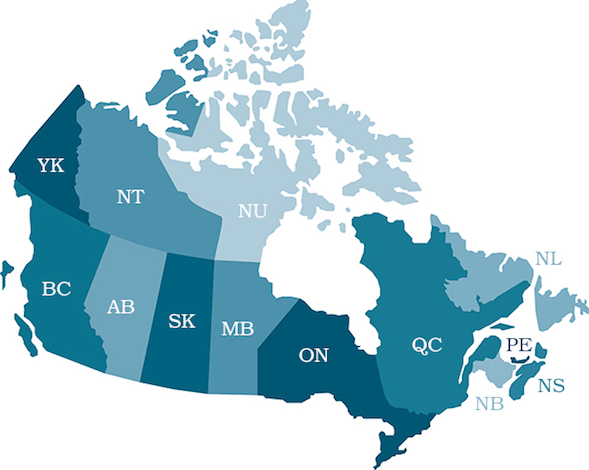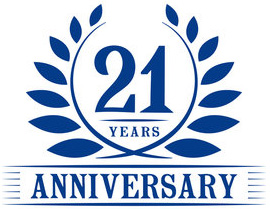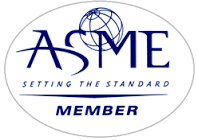
CRN & U.S.A. Pressure Law
Click on the jurisdiction
Pressure laws, rules & regulations
Canadian and United States pressure laws, rules & regulations often differ drastically from one another not only between the two countries, but between states, provinces and territories within each country. A valuable resource is the American Society of Mechanical Engineers (ASME) National Board synopsis: NB-370. In their own words: “The National Board Synopsis of Boiler and Pressure Vessel Laws, Rules and Regulations is a compilation of jurisdiction laws, rules, and regulations set forth in a concise, easy-to-read format. It features the prevailing requirements, detailed contact information, and regulatory history for each jurisdiction.”
Unlike in the USA where licensed professional engineers (PE) may stamp pressure equipment and system drawings in the non-nuclear sector for construction, in Canada a professional engineer (P.ENG) does not have that same right to stamp regulated equipment or system drawings for construction, and doing so may result in fines, licenses revocation or worse. The pressure safety design registration approval in Canada is called a Canadian Registration Number (CRN).
There are many pitfalls and surprises in the process of applying for a CRN. For example, all fitting registrations must be accompanied by a manufacturer’s quality certificate, that is recognized by a nationally known entity. However, few know that such entities are defined by the Safety Council of Canada (SCC) at this link here. Other QA system registrars include ASME and CSA.
In addition to design registration, inspection after construction is also required in Canada and provinces vary in their monopoly of such inspectors, depending upon the system type and scope.
Although NB-370 covers Canadian & USA jurisdictions, due to the significant difference between Canadian and USA pressure safety laws, rules & regulations, the above map is provide as a supplement for Canada. Unlike the USA, there is currently no government or safety authority resource to our knowledge that consolidates the Canadian pressure regulation map in this way.
By clicking on the jurisdiction in the above map you will be taken to a page with further information about its requirements.
Finally, although the preceding makes mention of ASME, there exist other pressure equipment and piping standards and codes which are law in Canada such as American Petroleum Institute standards, and CSA standards, to name a few. Be sure to check with the chief inspector / regulator/ safety authority in the jurisdiction that pressure equipment is intended to be used before proceeding with procurement and construction activities.
Disclaimer:
Users are advised that some references to legislative text have been rewritten to clarify certain regulations and make phrases and terminology more uniform or concise. Additionally, some references have been edited to remove redundancies and ambiguities.
Users are reminded that each synopsis is only a brief outline or distillation of a specific jurisdiction’s laws, rules, and regulations. In order to avoid misinterpretation of the data or failure to address the regulatory nuances of an individual jurisdiction, users are advised to consult the jurisdiction’s chief inspector before reaching any decision that may have critical consequences to a project or design. Titan Research Group, its members, and employees assume no liability of any kind for the use or misuse of the information herein. Use at your own risk.
Remember, the above is NOT comprehensive, and links may break from time to time. Be sure to consult the respective jurisdictional regulator, and their employees for up to date%



